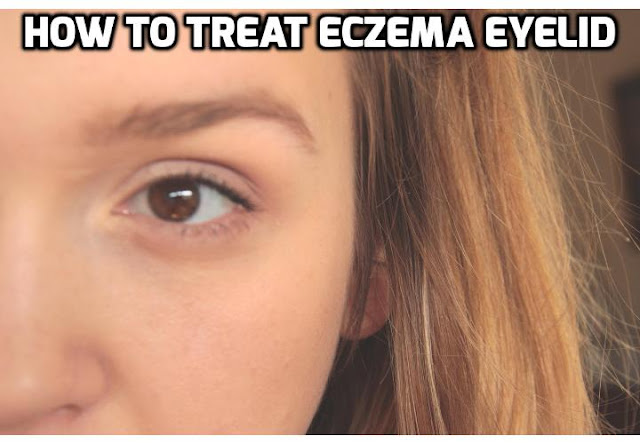 |
Eczema
is a difficult condition to deal with as it is, more so if it affects the
eyelid. Because the skin of the eyelid is exceptionally thin and sensitive,
this can pose a serious problem that should be given prompt attention.
People
who are looking for ways to treat eczema on eyelid usually suffer from swollen,
wrinkled, itching or burning eyelids. Aside from the pain and discomfort,
eyelid eczema can be very striking and difficult to hide.
And
given the fact that it is near the eye area, when seeking to treat eczema on
eyelid, extra care should be taken to avoid complications.
What Are the Most
Common Triggers of Eyelid Eczema?
So
what are the underlying causes of eczema that primarily affects the eyelids,
while mostly leaving the rest of the face unscathed?
This
may seem like a rather surprising discovery, but it was found out that among
the most common triggers of eyelid eczema is the nail polish.
Yes,
you read it right – nail polish. This is because this product contains certain
chemicals, which include formaldehyde that can set off an allergy reaction
especially when in direct contact with the eyelid.
Since
the skin of the fingers are significantly thicker and more resilient, the
chemicals from nail polish will not easily penetrate, which is of course not
the same case with the eyelid.
If
you are allergic to formaldehyde or any of its relative, chances are, you will
be more prone to eyelid eczema.
Other known
triggers:
They
are chemicals from hand lotions, soaps and other products such as hair dyes,
paints, glues, etc.
Airborne
droplets from spray products like air fresheners, hairspray and perfumes.
Any
product that contains any of the following: Quaternium 15,
Methylchloroisothiazolinone and Imidiazolidynil urea.
How to Treat Eczema
on Eyelid?
Identify
The Underlying Cause. Like any other forms of eczema, the most important step
to treat eczema on eyelid is to identify its trigger and avoid it.
Use
Mild Facial Wash. Use a gentle, hypoallergenic soap for your face. This is
because rashes make skin more porous, thereby making it more prone to
irritation.
Apply
A Bland Emollient. Applying a thin film of bland, gentle and all natural
emollient such as pure jojoba oil is one of the most effective eyelid eczema
treatments.
Seek
Professional Help. Given the sensitivity of the condition, it is important that
you seek medical attention. Doctors will typically prescribe a short course of
hypoallergenic and non-halogenated cortisone topical treatment.
Do
not apply any medication without medical supervision as any cortisone treatment
can potentially damage the eyes.
If
you are unable to determine the cause of the allergy or irritation, an allergy
testing can be used to identify the possible triggers. This will give you a
better idea what to avoid in the future.
By Fay Spencer who
is the author of 14 Days Eczema Cure which offers many ideas on how to treat
eczema within 14 days by using readily accessible natural products and applying
them in the right balance.
The 14 Days Eczema
Cure is a comprehensive and holistic approach to curing eczema. This means that
it is safe, natural, effective and 100% drug free. This will help to cure your
eczema for good without any side effects which can happen if you use those
expensive medications, potions or steroids.